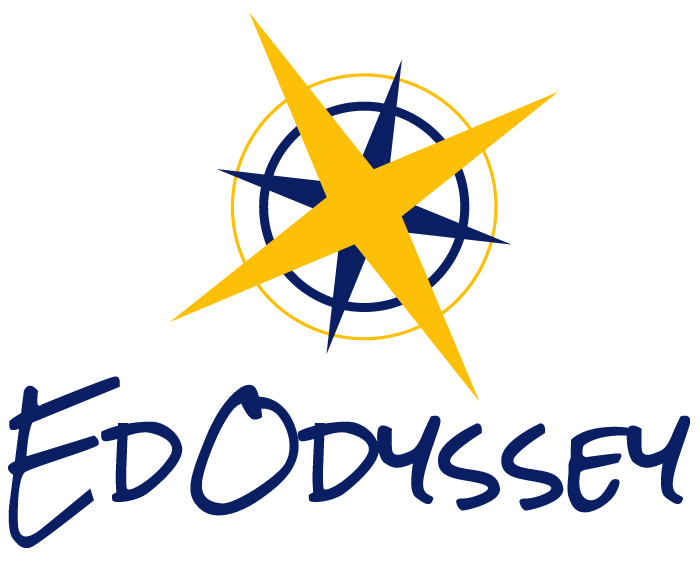Blog
Peruvian History and Culture: Millennia of Civilization and A Changing Future Ahead
Peruvian History and Culture may sound like a class you could enroll in at your home institution, but taking the course through a program in the actual country brings a deeper perspective and relevancy to the topic. Furthermore, the instructors from PUCP are experts in their fields who live and breathe the Peruvian experiences themselves. They teach from what they study and observe in Peru firsthand.
Montreal's Uniqueness: A City Full of Food, Art and Accessibility
This city has its own personality that’s one-of-a-kind! Boasting with plenty of festivals, art, cuisine, and innovation, Montreal also has a sense of comradery and welcomingness! In the past, students and teachers have visited the iconic Notre-Dame Basilica and enjoyed learning how to prepare traditional Quebec cuisine with a local chef!
Search previous blogs here.

